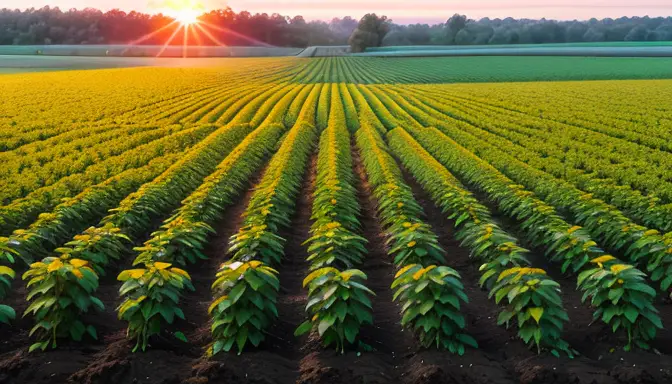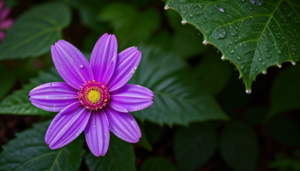This article provides a comprehensive guide on planting strawberries in Kentucky, covering essential topics such as soil preparation, choosing the right strawberry variety, planting techniques, watering and fertilizing, pest control, and harvesting tips.
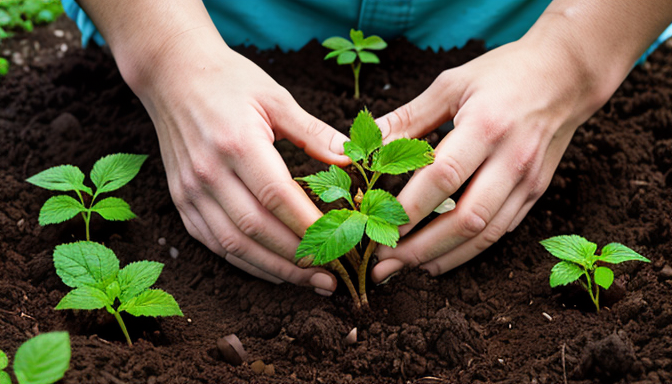

Soil Preparation
Preparing the soil is the first step towards a successful strawberry harvest in Kentucky. The ideal soil conditions play a crucial role in the growth and productivity of your plants. Before planting, it’s essential to ensure that the soil is well-draining and rich in organic matter. Adding compost or well-rotted manure can improve soil structure and fertility, providing a healthy environment for your strawberries to thrive.
Additionally, conducting a soil test to determine the pH level is recommended. Strawberries prefer slightly acidic soil with a pH range between 5.5 and 6.5. If the pH is too high, you can lower it by incorporating sulfur or peat moss into the soil. Proper pH levels help the plants absorb nutrients effectively, promoting robust growth and fruit development.
When preparing the soil, consider the importance of amendments such as nitrogen, phosphorus, and potassium. These essential nutrients support various stages of plant growth, from root development to flower and fruit production. Incorporating a balanced fertilizer based on the soil test results can provide the necessary nutrients for your strawberries throughout the growing season.
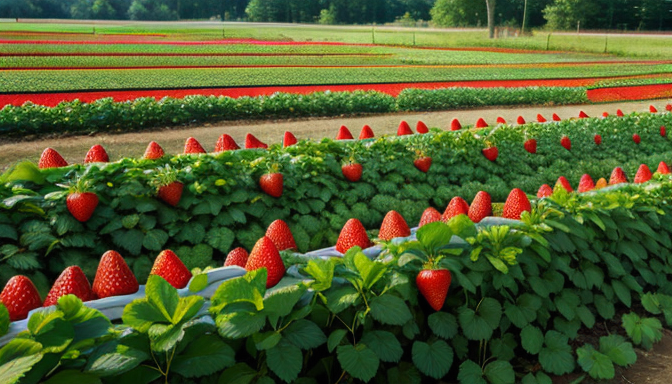
Choosing the Right Strawberry Variety
When it comes to choosing the right strawberry variety for your Kentucky garden, several factors need consideration to ensure successful cultivation. Different varieties offer unique characteristics that cater to varying preferences and growing conditions. Here are key points to help you select the perfect strawberry type:
- Day-Neutral Varieties: These strawberries produce fruit continuously throughout the growing season, offering a longer harvest window.
- June-Bearing Varieties: Ideal for larger, concentrated harvests, these varieties produce fruit typically in late spring to early summer.
- Everbearing Varieties: With multiple harvests in a season, everbearing strawberries provide a steady supply of fruit.
Consider factors such as taste preferences, yield expectations, and available space when selecting the right strawberry variety for your Kentucky garden. By understanding the unique characteristics of each type, you can ensure a bountiful harvest tailored to your needs.
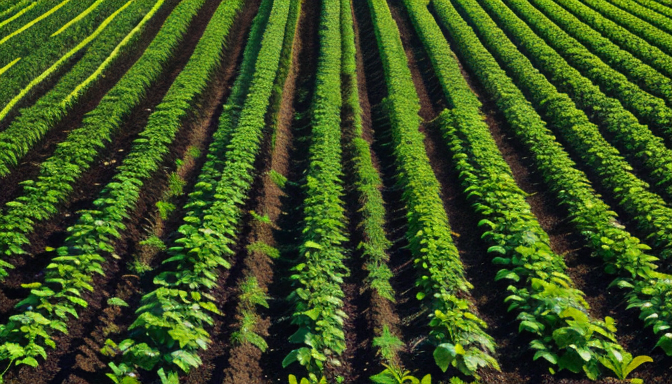
Planting Techniques
When it comes to planting strawberries in Kentucky, mastering the proper planting techniques is crucial for the success of your crop. To ensure your strawberry plants thrive in the Kentucky climate, follow these essential steps:
- Choose a sunny location with well-draining soil to plant your strawberries.
- Prepare the soil by removing any weeds and adding organic matter like compost to improve fertility.
- Plant your strawberries in raised beds or mounded rows to prevent waterlogging.
- Space the strawberry plants about 12-18 inches apart to allow for proper growth and airflow.
- Ensure the crown of the plant is level with the soil surface when planting to avoid rotting.
- After planting, water the strawberries thoroughly to help them establish roots in the soil.
- Consider using mulch around the plants to retain moisture and suppress weeds.
By following these planting techniques tailored to Kentucky’s conditions, you can set your strawberry plants up for success and enjoy a bountiful harvest.

Watering and Fertilizing
Effective watering and fertilization practices play a crucial role in ensuring the successful growth and abundant fruit production of strawberries in Kentucky. To achieve optimal results, it’s essential to follow a well-planned watering schedule and provide the necessary nutrients to the plants. When it comes to watering strawberries, consistency is key. The soil should be kept consistently moist but not waterlogged to prevent root rot. Consider investing in a drip irrigation system to deliver water directly to the roots, promoting healthy growth.
When fertilizing strawberries in Kentucky, it’s important to choose the right type of fertilizer and apply it at the correct times. Conduct a soil test to determine the nutrient levels and pH balance, allowing you to tailor your fertilization approach accordingly. Organic fertilizers, such as compost or manure, can be beneficial for strawberry plants, providing a slow release of nutrients over time. Additionally, incorporating a balanced fertilizer with the proper ratio of nitrogen, phosphorus, and potassium can support vigorous growth and fruit development.

Pest Control
When it comes to cultivating strawberries in Kentucky, pest control plays a crucial role in ensuring the health and productivity of your plants. By effectively managing pests, you can safeguard your strawberry crop from potential damage and disease outbreaks. Here are some essential pest control tips to keep your strawberries thriving:
- Identifying Common Pests: Familiarize yourself with the common pests that pose a threat to strawberry plants in Kentucky, such as aphids, slugs, and spider mites.
- Implementing Preventive Measures: Take proactive steps to prevent pest infestations by practicing good garden hygiene, including removing debris and weeds that can harbor pests.
- Organic Pest Control: Consider using natural methods like introducing beneficial insects, such as ladybugs, or applying organic pesticides to combat pests without harmful chemicals.
- Chemical Control: In severe cases, where pests pose a significant risk to your strawberry plants, opt for chemical control methods following safety guidelines and manufacturer instructions.
- Monitoring and Early Intervention: Regularly inspect your strawberry plants for signs of pest damage and take immediate action to address any issues before they escalate.
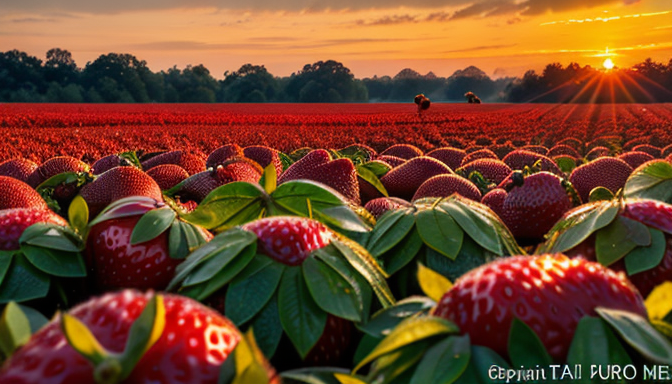
Harvesting Tips
When it comes to harvesting strawberries in Kentucky, timing is everything. Do you know the secret to picking the juiciest, most flavorful berries? It’s all about harvesting at the peak of ripeness. Remember, strawberries do not ripen after they are picked, so timing is crucial to enjoy the sweetest fruits.
Here are some essential harvesting tips to ensure you get the most out of your strawberry plants:
- Check for ripeness: Look for fully red berries with a glossy sheen. They should be firm but not mushy to the touch.
- Harvest in the morning: Berries are freshest and juiciest in the morning before the sun gets too hot.
- Use sharp scissors or shears: Cut the stem about a quarter-inch above the berry to avoid damaging the plant.
- Avoid overcrowding: Leave space between berries in the container to prevent bruising.
- Store properly: Keep harvested strawberries in a cool place or refrigerate them immediately to maintain freshness.
By following these , you can savor the delicious taste of homegrown strawberries from your Kentucky garden all season long.
Frequently Asked Questions
- What is the best time to plant strawberries in Kentucky?
The ideal time to plant strawberries in Kentucky is in early spring, typically around March or April. This allows the plants to establish themselves before the hot summer months.
- How often should I water my strawberry plants?
It is recommended to water strawberry plants regularly, especially during dry periods. Aim to keep the soil consistently moist but not waterlogged to promote healthy growth.
- What are some common pests that affect strawberry plants in Kentucky?
Common pests that may affect strawberry plants in Kentucky include aphids, slugs, and spider mites. Implementing proper pest control measures can help protect your plants from these threats.
- How can I tell when strawberries are ready to be harvested?
Strawberries are ready to be harvested when they are fully red and ripe. Look for plump, shiny berries with a sweet fragrance to ensure the best flavor and quality.
- Unraveling the Mystery of Yellowing Snake Plants - May 16, 2024
- Troubleshooting Yellowing Citronella Plants - May 16, 2024
- Troubleshooting: Elephant Ear Plant Turning Yellow - May 16, 2024
